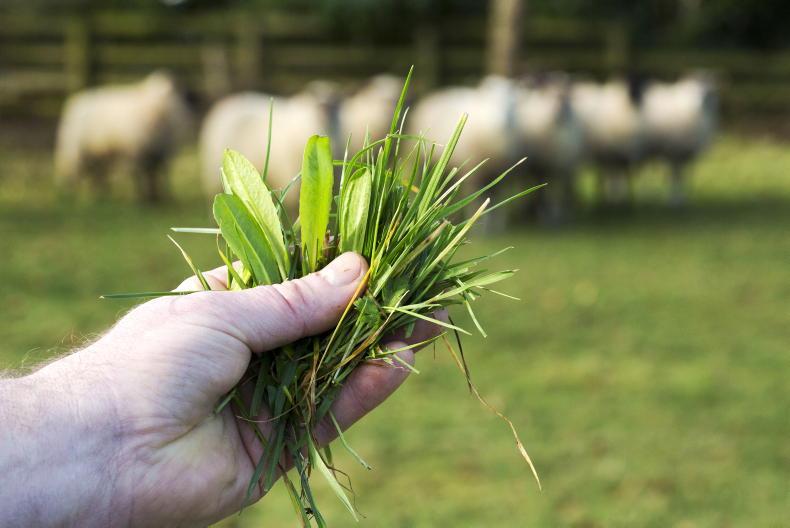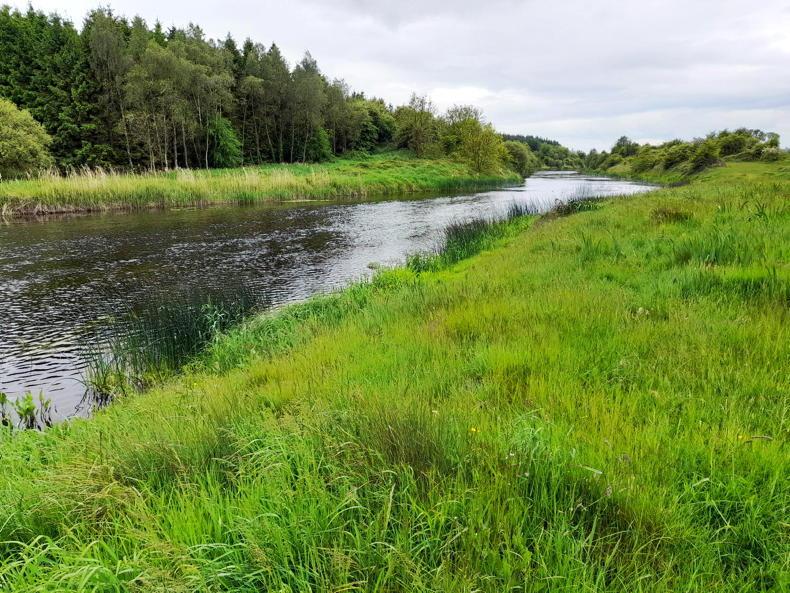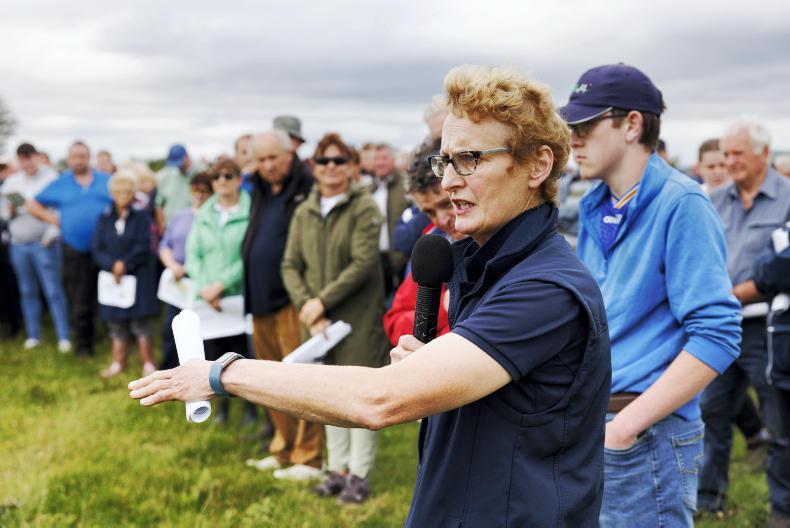Early results from a NI-based study have found multispecies swards produce higher yields and require less fertiliser when compared to conventional grass/clover mixes.
Speaking at an online event on Tuesday, Sarah Brown from AgriSearch presented preliminary results from trials on two sheep farms, a beef farm, and a dairy farm.
A seed mix containing 80% perennial ryegrass, 11% white clover, 5% plantain and 4% chicory was sown in six fields. Each farm also planted a conventional 89% perennial ryegrass and 11% white clover mix for comparison.
“When we looked at results from the four farms together, we found that the multispecies yield was 7% higher than the grass clover yield, and it also used 11% less nitrogen fertiliser.
“It’s still early days, but the results have been promising so far,” Brown said.
Across the six fields in the trial, only one multispecies sward was outperformed by a grass/clover mix on the same farm. In this instance, the multispecies yield was 11.2t DM/ha, and the grass/clover yielded 12.2t DM/ha.
However, the grass/clover received almost twice as much fertiliser, with 103 kg/ha of nitrogen applied, compared to just 56 kg/ha on the multispecies field.
“Compared to grass/clover, multispecies swards had slightly lower dry matter, crude protein, water soluble carbohydrate and sequential fibres, however they were higher for the majority of minerals that we tested for,” Brown said.
Grazing
Organic producer Dale Orr offered some practical advice during the event and recommended grazing multispecies swards from around 20cm in height down to 7cm
“We are not grazing it right down to the floor as we would with perennial ryegrass. We leave it a bit taller because we learned over the years that this helps with the persistence of the herbs.
“They don’t like to be grazed too tightly,” the Strangford farmer said.
“Each paddock is grazed for five or six days every 30 days, so there is a longer wait between grazings.
“Our last grazing was with store lambs in early December and the first grazing of 2022 happened today when we turned out ewes and lambs,” Orr said.
East-west
Most farmers in the ongoing trials are located in Co Down and are particularly interested in how multispecies swards will perform during periods of low rainfall in the summer.
In a question-and-answer session, Dr David Patterson from AFBI acknowledged that more on-farm trials need to be conducted in the west of NI, where rainfall tends to be higher and soils heavier.
“We can look at other species in the mixtures. We are still going to have legumes (such as clover) as the source of nitrogen.
“We could look at subtly different grasses. Timothy, for instance, has a slightly better tolerance of soil wetness and has a better kickstart for growth in the spring,” he said.










SHARING OPTIONS